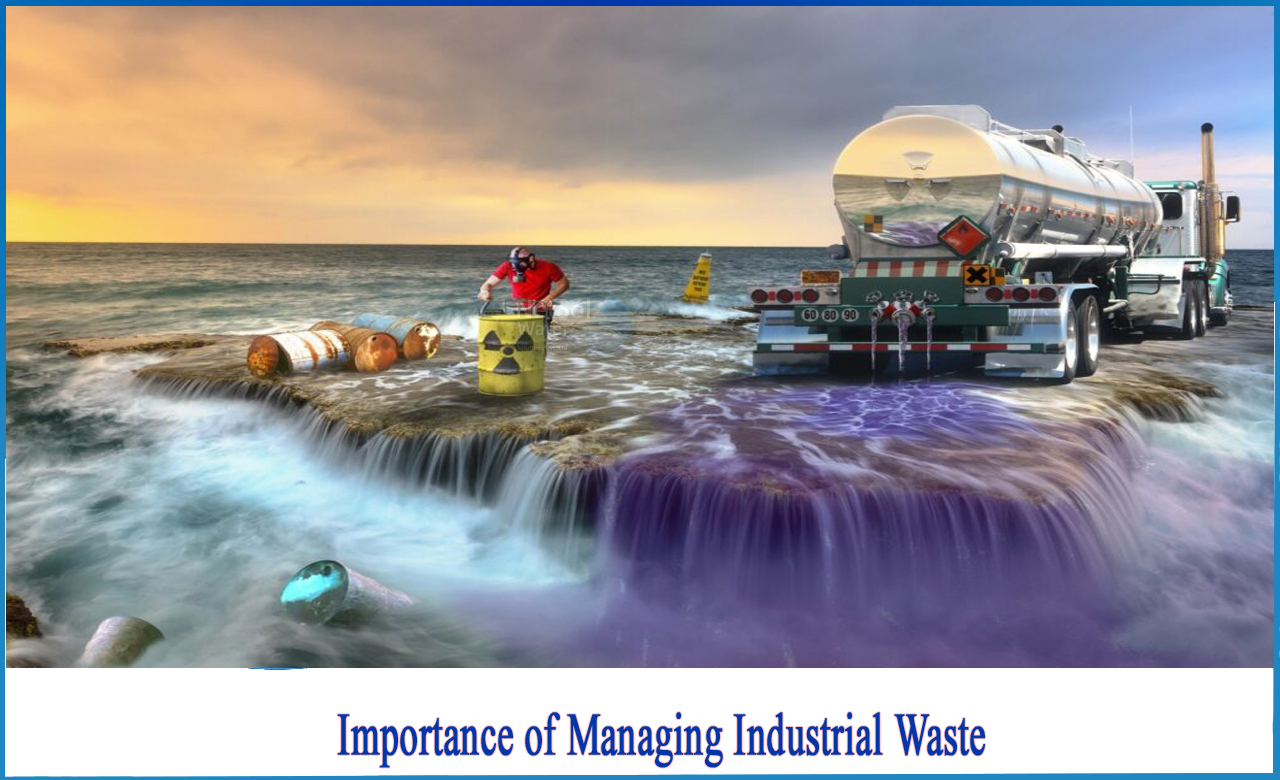Top Guidelines Of Reclaim Waste
Top Guidelines Of Reclaim Waste
Blog Article
Top Guidelines Of Reclaim Waste
Table of ContentsReclaim Waste Things To Know Before You Get ThisThe 45-Second Trick For Reclaim WasteFascination About Reclaim WasteOur Reclaim Waste StatementsThe Ultimate Guide To Reclaim Waste
Residential sewer waste refers to the waste and items from a domestic septic tank. The correct management and disposal of residential sewage waste require liquid waste to be moved to a sewer therapy plant where the correct methods and tools are used to detoxify and dispose of waste.
Business waste frequently consists of prospective dangers, such as combustible materials or a mix of liquid and solid waste items, and calls for a more sophisticated and in-depth disposal process. The disposal of commercial waste typically involves the filtration of waste prior to transportation to make certain secure and proper disposal. Hazardous waste is developed from results and runoff of industrial processes and manufacturing.
This sort of waste can not use the same sewer management transportation or processes as septic or industrial fluids. The hazardous waste management process calls for the assessment and testing of fluid waste before it goes through the disposal process (liquid waste removal). Drainage waste is the liquid waste that originates from drainage and excess stormwater in extremely populated locations or cities
Overflow waste can trigger contamination and flooding if not handled properly. Discover more regarding sewer cleansing and waste monitoring. Making certain proper waste management can avoid disasters and decrease ecological injury. Both people in household settings and professionals in industrial or production markets can take advantage of recognizing the procedures and laws of fluid waste administration.
The Definitive Guide to Reclaim Waste
Call PROS Services today to discover our waste monitoring and disposal services and the proper means to take care of the fluid waste you generate.
(https://www.openlearning.com/u/leonaube-smse1x/about/)Do you know what happens to your water when you draw the plug, purge the toilet or drain the cleaning machine? No? Well, it's worth understanding. This supposed 'wastewater' is not only an important source but, after therapy, will be released to our land, waterways or the sea. Made use of water from toilets, showers, bathrooms, kitchen area sinks, laundries and commercial processes is known as wastewater.

water utilized to cool down equipment or tidy plant and equipment). Stormwater, a type of wastewater, is drainage that moves from farming and city areas such as roof coverings, parks, gardens, roadways, courses and seamless gutters right into stormwater drains pipes, after rainfall. Stormwater flows unattended directly to local creeks or rivers, at some point reaching the ocean.
The Best Guide To Reclaim Waste
In Queensland, many wastewater is dealt with at sewage treatment plants. Wastewater is transported from domestic or industrial sites with a system of sewers and pump terminals, referred to as sewage reticulation, to a sewer therapy plant. City governments construct, keep and run most sewer treatment plants. Operators are accredited under the Environmental Management Act 1994 to release treated wastewater at an acceptable environmental requirement right into waterways.
The Department of Natural Resources suggests neighborhood governments about handling, operating and keeping sewerage systems and therapy plants. In unsewered areas, local governments might require householders to set up individual or household sewer treatment systems to treat domestic wastewater from toilets, cooking areas, restrooms and washings. The Department of Natural Resources authorises using family systems when they are confirmed to be effective.
In some brand-new communities, treatment of some stormwater to get rid of litter, sand and gravel has actually begun making use of gross pollutant catches. Wastewater treatment occurs in 4 phases: Eliminates solid issue.
Wastewater after that flows into huge containers where solids work out and are eliminated as sludge. Oil and scum are skimmed from the surface area. Makes use of little living microorganisms recognizes as micro-organisms to break down and remove remaining liquified wastes and great fragments. Micro-organisms and wastes are integrated in the sludge. Gets rid of nitrogen and phosphorus nutrients that could create algal blossoms in our rivers and threaten aquatic life.
How Reclaim Waste can Save You Time, Stress, and Money.
Nutrient elimination is not available at all sewage treatment plants because it requires pricey specialised tools. It is becoming more common in Queensland. Clear fluid effluent created after treatment might still contain disease-causing micro-organisms. If this effluent is launched right into waterways such as rivers or the sea, the micro-organisms will ultimately die out.

Most wastewater streams right into the sewage system. Under the Act, local governments carry out authorizations and permits for ecologically pertinent activities (Periods) involving wastewater releases that may have a local impact.
Some Known Details About Reclaim Waste
Or else, examples are taken for laboratory analysis. Often numerous tests are needed to establish the levels of each of the various toxins such as oils, heavy metals and chemicals in water. Tracking gives factual details regarding water top quality and can verify that permit conditions are being satisfied. The information gotten with surveillance offers the basis for making water top quality choices.
Report this page